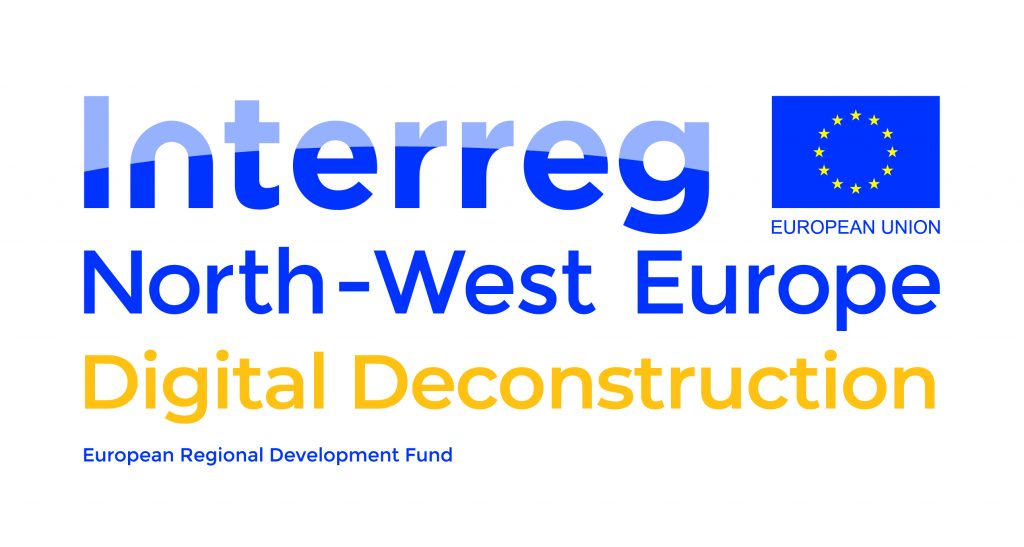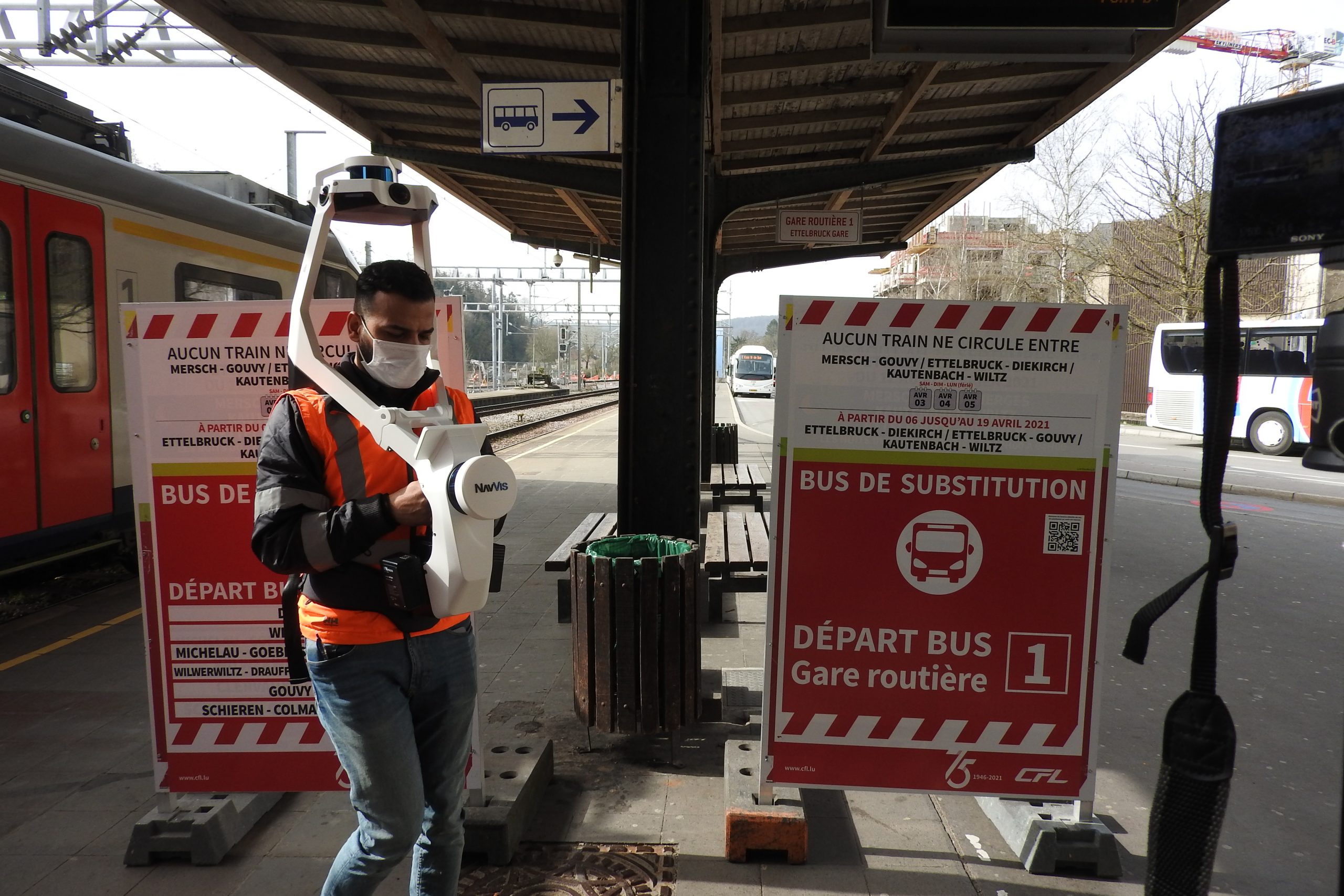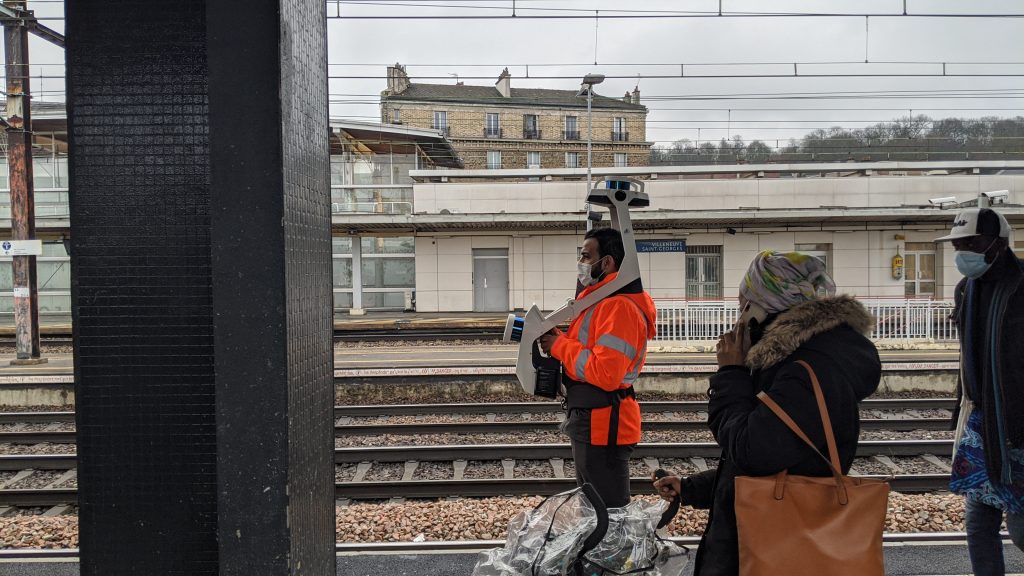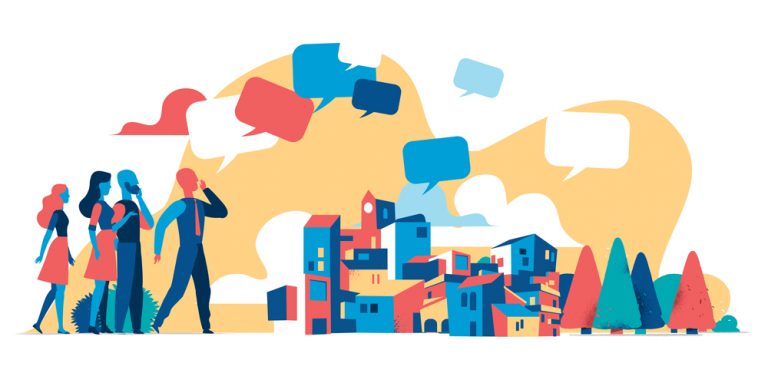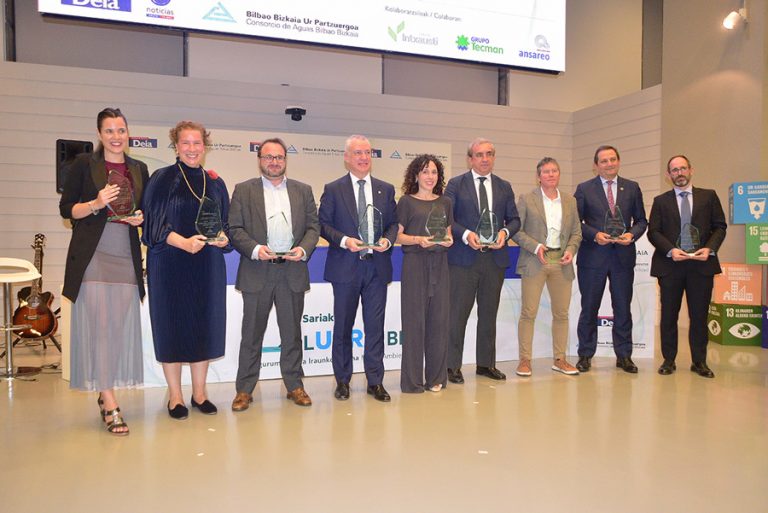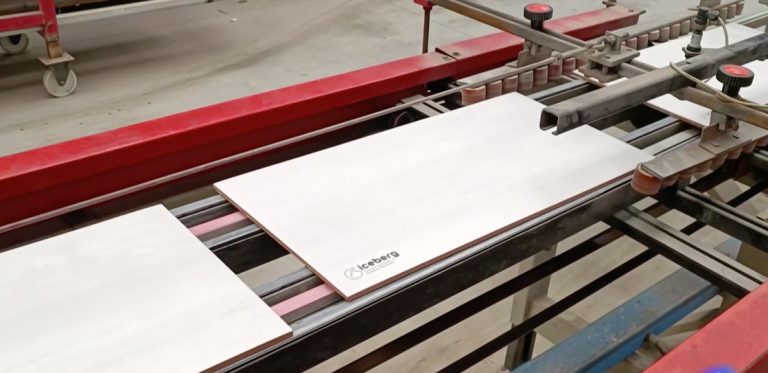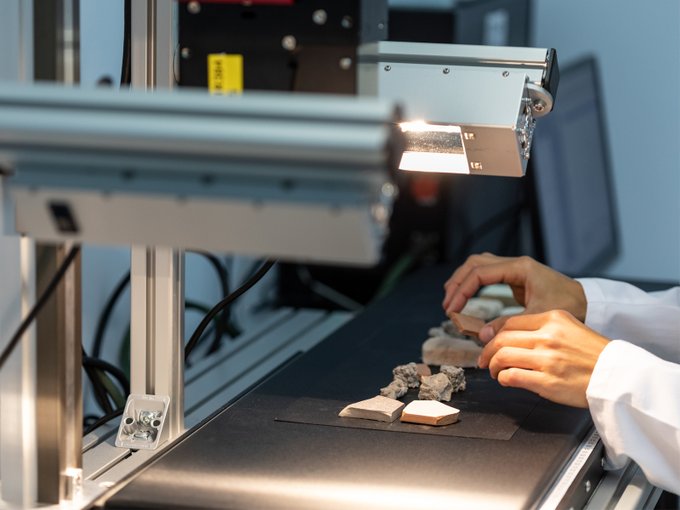Advanced digital solutions supporting reuse and high-quality recycling of building materials
In close partnership within Interreg North West Europe’s Digital Deconstruction (DDC)project, 14 project partners are developing an open-source software system to make circular construction possible. In this way, engineers can reuse materials released from the dismantling of renovation and demolition projects in the construction industry on a higher quality level and create a more sustainable future. The four-year DDC project ends in April 2023.
DDC, with a budget of €7.1M, subsidised by Interreg North-West Europe with €4.47M, aims to develop a digital system that can be linked to innovative Building Information Modelling techniques to create a design, construction and demolition cycle, allowing scarce resources to be reused.. Additionally, the dismantling and building circle will drastically reduce the massive CO2 emissions of the construction industry.
The integrated DDC system will be made accessible to companies in IT, engineering, construction and real estate as an open-source software package for further development and integration into market-ready products and services. The project aims to build up a transnational network of regional innovation hubs to optimise, validate and roll out DDC solutions and test the digital tools in an operational environment at five pilot case studies. Eventually, an interactive DDC navigator will support the use and further adaptation of the DDC tools.
Construction and demolition waste (CDW)
Because of its large volume and high potential for reuse and recycling, construction and demolition waste (CDW) has been identified as a priority waste stream by the European Union. Although the Waste Framework Directive aimed to have 70% of CDW recycled in 2020, the current rate is only about 50% in most EU countries. In addition, the construction industry in North-West Europe currently applies typically low-value recovery processes: most CDW is destined for backfilling and other low-value applications (downcycling), while the amount of CDW put towards reuse or recycled building materials needs to be increased in North-West Europe to support the transition to a circular environment. Building deconstruction can effectively improve the overall performance of CDW recovery, since deconstruction – as opposed to demolition – salvages as much reusable material as possible, diverting it from landfill. However, several factors hinder high-value recovery of building materials.
- Deconstruction and reuse operations are relatively costly and require more time than usual demolition practices, partly because of a lack of appropriate technical knowledge and information on the feasibility and actual implementation modalities of the deconstruction process.
- There is a scarcity of information on the potential value and actual reuse opportunities of products in existing buildings, as well as a mismatch of supply and demand in terms of quantity and quality of recovered materials.
- Construction is one of the least digitalised industries. This is even more true in the demolition sector. Increased digitisation of (de)construction processes will be key to the better exploitation of circular opportunities.
The digital decision support system helps building owners and construction and demolition companies to define the most sustainable and economical deconstruction and reuse strategy. It does this by delivering precise and structured information
Stakeholders from leading and frontrunner regions in resource efficiency initiate technology transfer and co-development with other partners to contribute to the knowledge spillover. Within the framework of the project a transnational co-development process will be undertaken to enable adaptation to a range of market & industry needs and construction sector standards and regulations across North-West Europe, to ensure a wider knowledge base of digitally-aided deconstruction processes and pave the way for larger volumes and a constant stream of materials being recovered.
Regional Innovation Hubs
The Regional Innovation Hubs (RIHs) will be set up through the course of the DDC project and will act as a link between the DDC project and actors within or close to the deconstruction sector with an interest in digitalisation. The RIHs will provide as a platform for the exchange of feedback on technology developments and pilot case studies with external stakeholders. More generally, the RIHs will also stimulate the uptake of digital tools in the sector in general, taking a somewhat broader approach than simply presenting only the DDC-integrated platform & modules.
The RIHs will also host demonstrations, explanations, hands-on testing and other educational initiatives to bridge gaps in the knowledge and usage of DDC tools, as multiple actors in the deconstruction sector are neither aware of the potential of DDC tools nor currently using them in their day-to-day activities. These initiatives will empower actors to use DDC tools and promote their uptake. The RIHs aim to promote DDC tools as standard, impacting the deconstruction market.
The RIHs also aim to create and coordinate a network of deconstruction actors interested in digitalisation. They will be empowered to start new projects and innovation networks will be created to develop further DDC tools.
Building Information Modelling (BIM)
The key enabling technology to be used in Digital Deconstruction is Building Information Modelling (BIM). BIM is a digital representation of the physical and functional characteristics of a facility, covering spatial relationships, quantities and properties of building components. At present, BIM is mostly used in building design and maintenance, being largely ignored for end-of-life activities. By exploiting the potential of BIM in supporting selective demolition processes, the project goes beyond current practice in the industry.
The integrated system of digital tools for developing, testing and demonstrating enables a streamlined, digitally aided deconstruction process, consisting of the following steps:
- 3D scanning of buildings and detailed screening of building interiors.
- Creation of a reverse Building Information Model, using reconstructed 3D models of existing buildings.
- Creation of a digital materials and buildings database with detailed information on the relevant features of the materials (material passports) and their reuse potential. This information will increase the willingness of the industry to reuse these materials.
- Assignment of property rights to items in the Digital Materials & Buildings Database. This may be done by means of blockchain technology, creating the basic market conditions for trade in recovered building materials and the associated rights. It facilitates matchmaking between supply and demand and simplifies current and future transactions involving a large number of actors.
- Assessment of the recovery and reuse potential of building materials (pre-demolition audit).
- Definition of a deconstruction and reuse strategy.
- Planning and implementation of the deconstruction process.
- Design of new buildings using recovered materials, by developing an interface compatible with design software. As such, the solutions offered by Digital Deconstruction support demolishers, building owners and property managers in informed decision-making and planning processes in relation to building deconstruction, improving material and labour efficiency and recovering greater value from materials.
At present, 14 partners from France, Luxembourg, Belgium and the Netherlands are involved on the Digital Deconstruction project. . The lead partner is Provincie Limburg, a Dutch government organisation. For this project it is essential that the 14 project partners, each with their own specialities in design, construction, research, ICT and government policy, work together to develop of a digital open-source system to benefit the construction and deconstruction industry in North-West Europe.
Other potential stakeholders would be SMEs, as end-users, and IT-companies, for further system development. Local, regional and national public authorities will be addressed by policy recommendations and activities linked to a transnational roll-out. To raise awareness about the circular building environment in the four participating countries, the DDC tools will be demonstrated at pilot sites and other communication events, as well as being featured in online publications. The first online Regional Innovation Hub event will be hosted by partners in Belgium on 23 June. France, Luxembourg and the Netherlands will follow throughout 2021.
More information about the DDC project: Website



